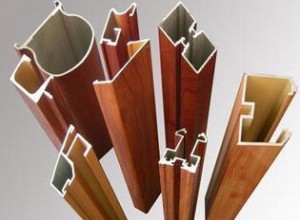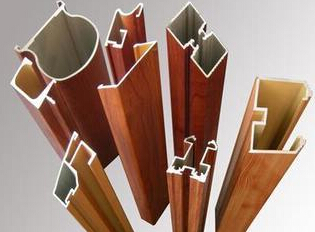Aluminum extrusion ratio calculation formula is used for expressing aluminum alloy deformation size parameters in the production of aluminum extrusion profile, namely extrusion coefficient. That is products’ total cross sectional area before extrusion (unit mm2) divides products’ total cross sectional area after extrusion (unit mm2).

Therefore, extrusion ratio and the deformation degree have the following relationship:
1. If other conditions are same, the difficulty degree of metal flowing out of die hole will increase and the extrusion pressure also will strengthen when the extrusion ratio increases.
2. When the other conditions are same, the flowing resistance of ingot billet’s outer metal will increase if the extrusion ratio increases. This causes the increase internal and external metal flow velocity difference and uneven deformation.
3. After the extrusion ratio increasing to a certain extent and shearing deformation entering into the interior, the deformation begins to transform in to uniform direction. Studies have demonstrated that when the extrusion deformation degree reaches 85% ~ 90%, the extrusion metal flow and mechanical properties of the products inside and outside layer tend to be uniform. The choice of extrusion ratio is related to alloy kinds, extrusion method, product performance, extrusion machine capacity, extrusion cylinder inner diameter, length of ingot blank and other factors.
If the chosen value is too large, extruding opportunity will cause “stuffy car” due to excessive extrusion force. This will make that the extrusion process can not be on the rails, even damage the tool and affect productivity.
If the chosen value is too small, the ability of extrusion equipment cannot be fully used, and it is unfavorable to obtain uniform structure and property of products.
Extrusion ratio general shall meet the following requirements:
First extrusion rods and profiles: 8 – 12.
Rolling, drawing, and forging blank: 5.
Secondary extrusion blank: unlimited.
